Norman redesign, a new Danish benchmark and Amsterdam-based designer Piet Boon.
|
Wednesday 20/8/25
|

|
|
London
Paris
Zürich
Milan
Bangkok
Tokyo
Toronto
|
|
|
|

making a living
This week’s dispatch starts in Normandy, where the soft touch of a pair of designer sisters has given layers to a ground-floor duplex. Then we get into the rhythm of clean lines and neutral palettes with Amsterdam-based designer Piet Boon, try out our green thumb with the Smeralda planter and take a seat on a bench in Denmark that’s all but floating. In the driver’s seat and reporting from Bofill Taller de Arquitectura (pictured) is Monocle’s design editor, Nic Monisse.
|
|
OPINION: Nic Monisse
Cementing the future
I’m hurtling along the N-340 highway on the outskirts of Barcelona when, suddenly, the skyline of the Sant Just Desvern township is punctuated by a series of silos and chimneys painted in a range of colourful hues. The structures – part of a former cement factory – are the headquarters of Bofill Taller de Arquitectura, who I’m visiting ahead of Monocle’s Quality of Life Conference, taking place in the Catalan capital from 4 to 6 September. We’ll be visiting the buildings, known as La Fábrica, as part of the conference line-up but I’m here to meet some of the team and more about their radical approach to architectural practice.
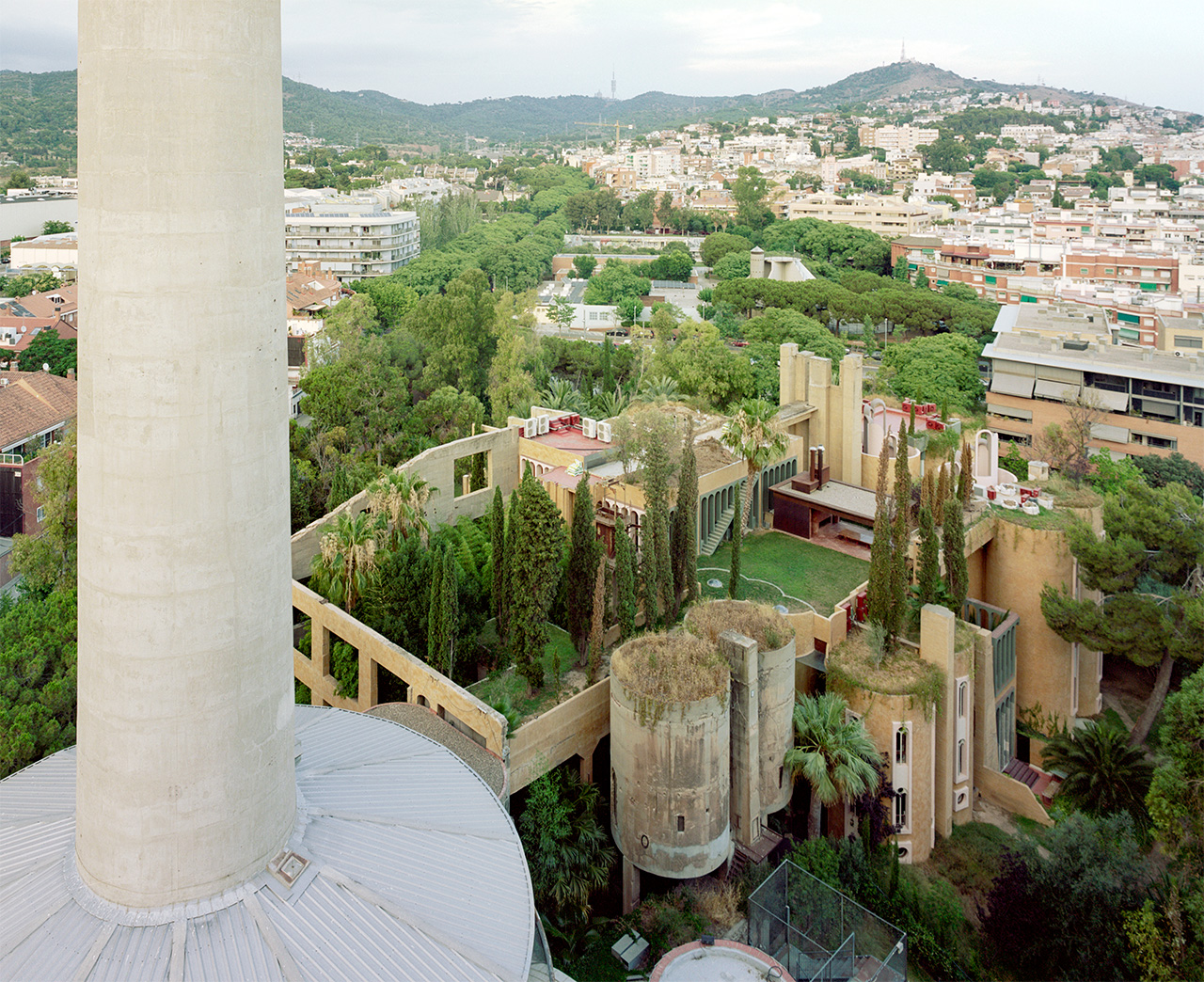
The firm was founded by Ricardo Bofill in 1963, a man who was as much activist as architect. He was expelled from Barcelona’s design school in 1957 for his opposition to Franco and his early work included social housing that looked as if it was lifted from surrealist paintings. By the early 1970s, he had purchased La Fábrica and turned it into a live-work space, defying the city bylaws of the time. The space – according to Ricardo’s son Pablo, who is now the firm’s CEO – has evolved with the practice. “It’s a living place – not something that you need to preserve or protect,” he told me as we walked the complex. “This was defined by my father and transmitted to me.” It’s a philosophy that has been paying dividends. Since 2020, the firm has grown from 50 to 250 people and La Fábrica has been changing to support the work. Private galleries have become offices, abandoned mezzanines converted into studios and former dining rooms now host work meetings.
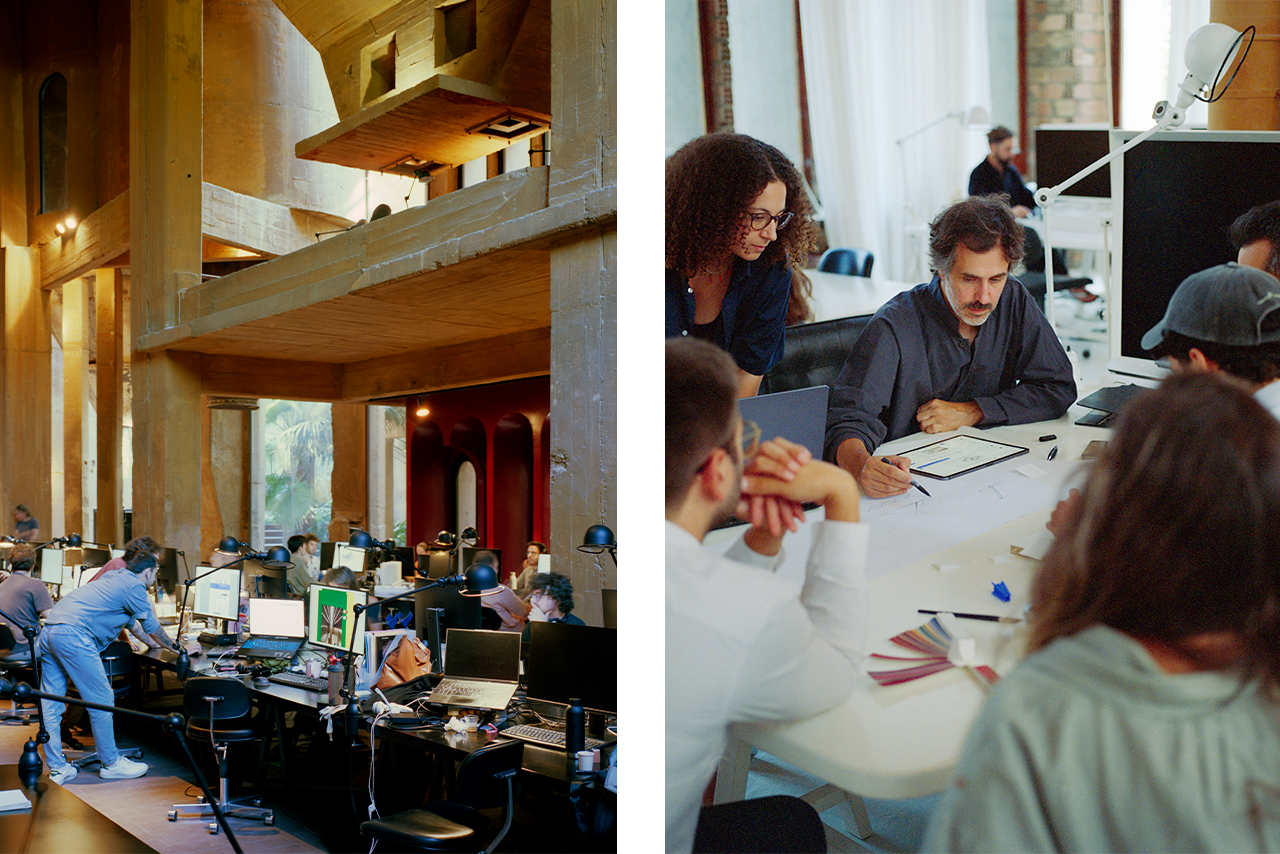
But physical adaptability is only half the equation for Bofill Taller’s recent (and historical) success. What also made Ricardo’s vision in the early days particularly radical was his insistence on building architectural teams with engineers, sociologists, writers, filmmakers and even philosophers. Dimitri Davoise, a partner at the practice, says that ethos has been doubled down on. “We are always trying to bring interesting people in to help us to be better,” explains Davoise. “The Taller’s outlook today is coming from its early years. It’s about bringing people from different origins and disciplines together, to build a project. Influences are coming from philosophy, poetry, art.”
This isn’t just architectural romanticism – it’s smart business. When Pablo joined the firm following the 2008 financial crisis, the practice was down to two months of work – now its multidisciplinary teams are leading projects from West Africa to the Gulf, and creating work that is not about repetition (the Taller doesn’t have a visual trademark) but distinct and rooted in place.
The lesson in all of this? First, that it pays to shake up layouts and hierarchies in an office, serving users and not an outdated commercial vision. Second, that outcomes can be particularly powerful when a team’s expertise spans different areas and disciplines. At La Fábrica, both qualities are being combined to great effect. Don’t believe me? Why not join us in Barcelona, when you can hear from the Taller team and see its headquarters for yourself.
Nic Monisse is Monocle’s design editor. To visit La Fábrica, join us at Monocle’s Quality of Life Conference in Barcelona from 4 to 6 September 2025. Get your tickets at monocle.com.
|
|
the project: Deauville apartment, France
Soft power
Sisters Esther and Leah Katz, the Paris-based founders of Katz Studio, made themselves at home in the French seaside town of Deauville in Normandy for their latest residential project. Here, a colour palette of warm beige and deep brown sets the tone for the ground-floor duplex apartment. The addition of sculptural elements such as a spiral staircase, alabaster wall sconces and a concrete dining table bring layers of complexity to the living spaces.
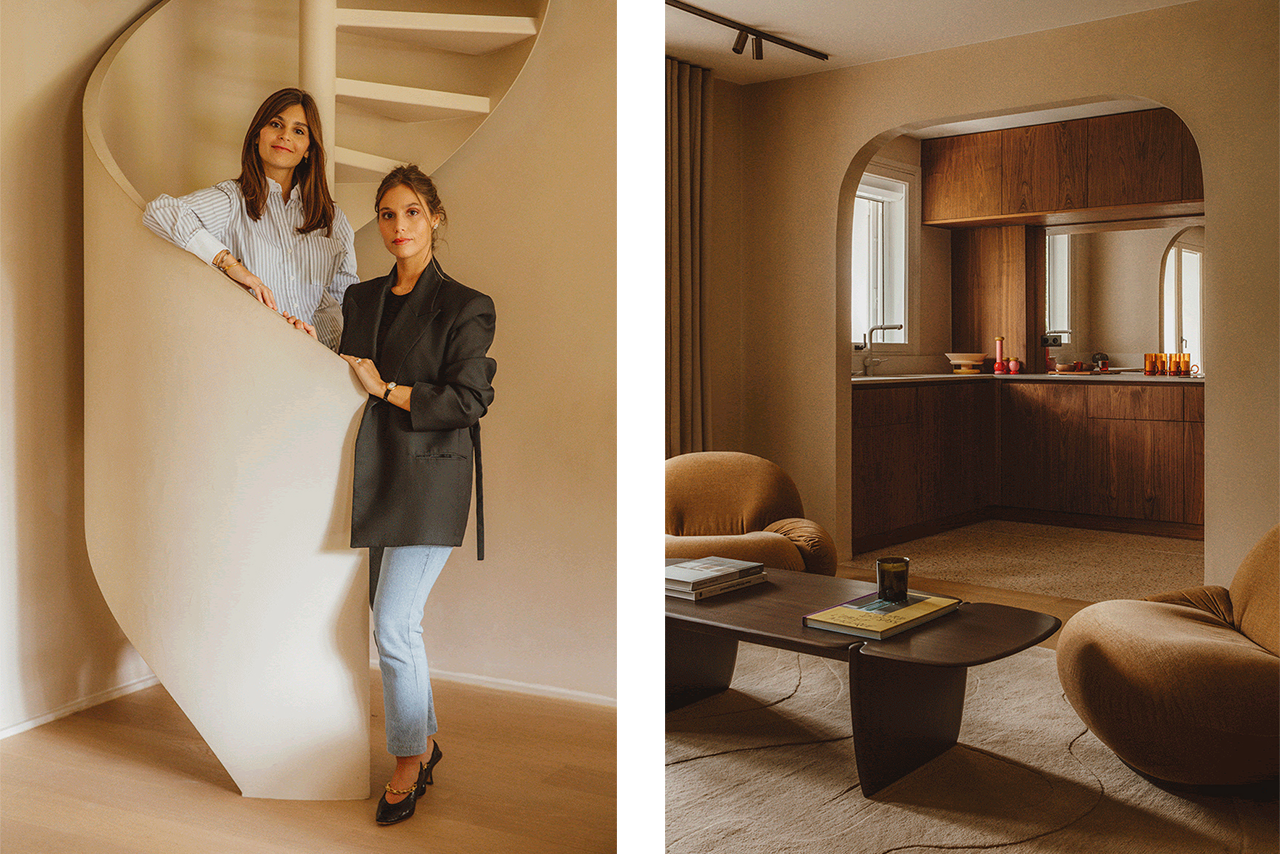
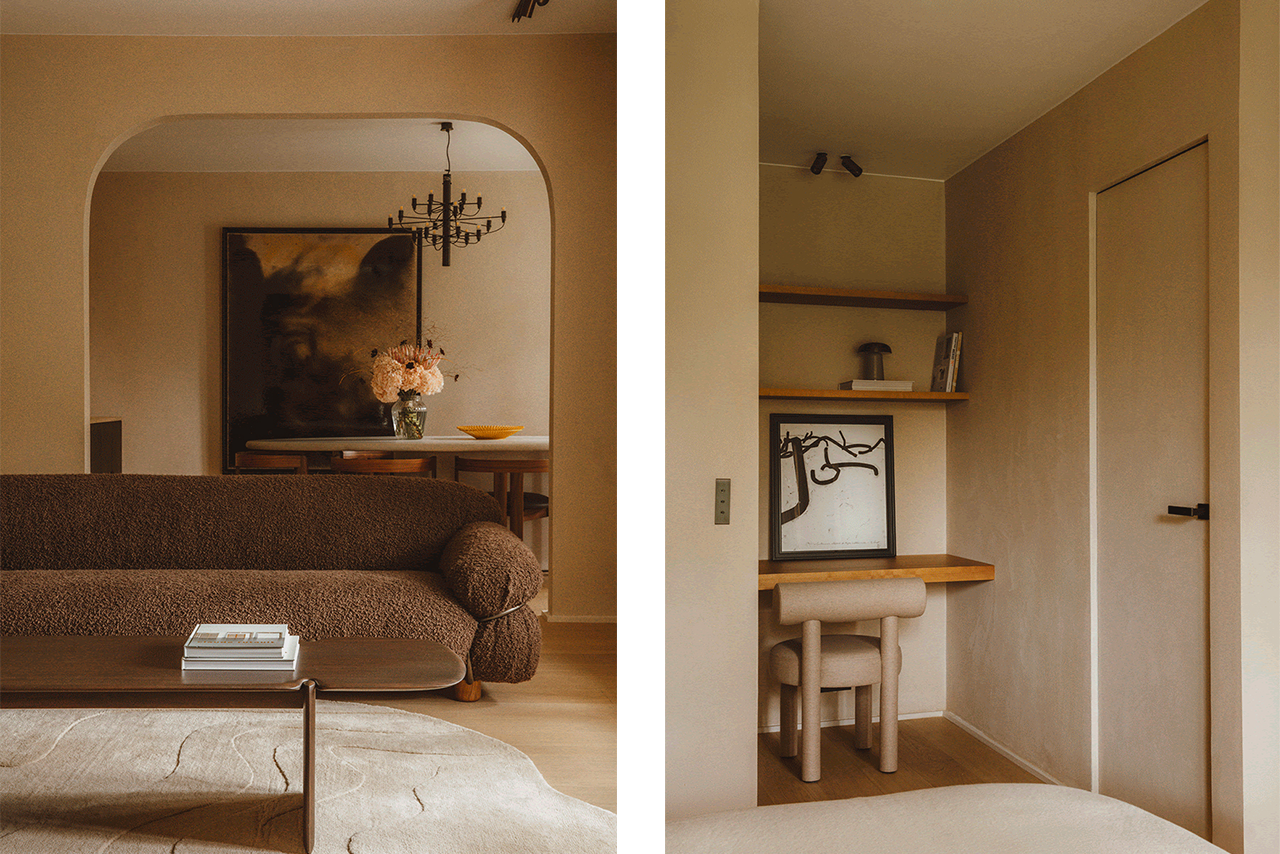
Light oak flooring is punctuated by cloud-like Pacha armchairs by Pierre Paulin and a brown bouclé Sesann sofa by Gianfranco Frattini – two designers that Katz Studio prizes for their clean style and gentle curves. Among a host of vintage Italian pieces, the Katz sisters custom-made a coffee table and an oak-and-bronze sideboard. Warm, soft and undeniably chic, this Norman apartment is a prime example of how a space can be softened and still retain a compelling design profile.
katzstudio.com
|
|
Seitz  MONOCLE MONOCLE
|
|
words with... Piet Boon, The Netherlands
Natural rhythms
Amsterdam-based designer Piet Boon’s career spans four decades across residential, hospitality and retail projects. His approach to practice is defined by clean lines, neutral material palettes and meticulous attention to detail, with portfolio highlights including the headquarters of Dutch financial services company Delta Lloyd and Rosewood Amsterdam (pictured). Here, he gives us an insight into transforming a judicial palace into a hotel, and explains how Japan’s design culture strikes an expert balance between tradition and innovation.


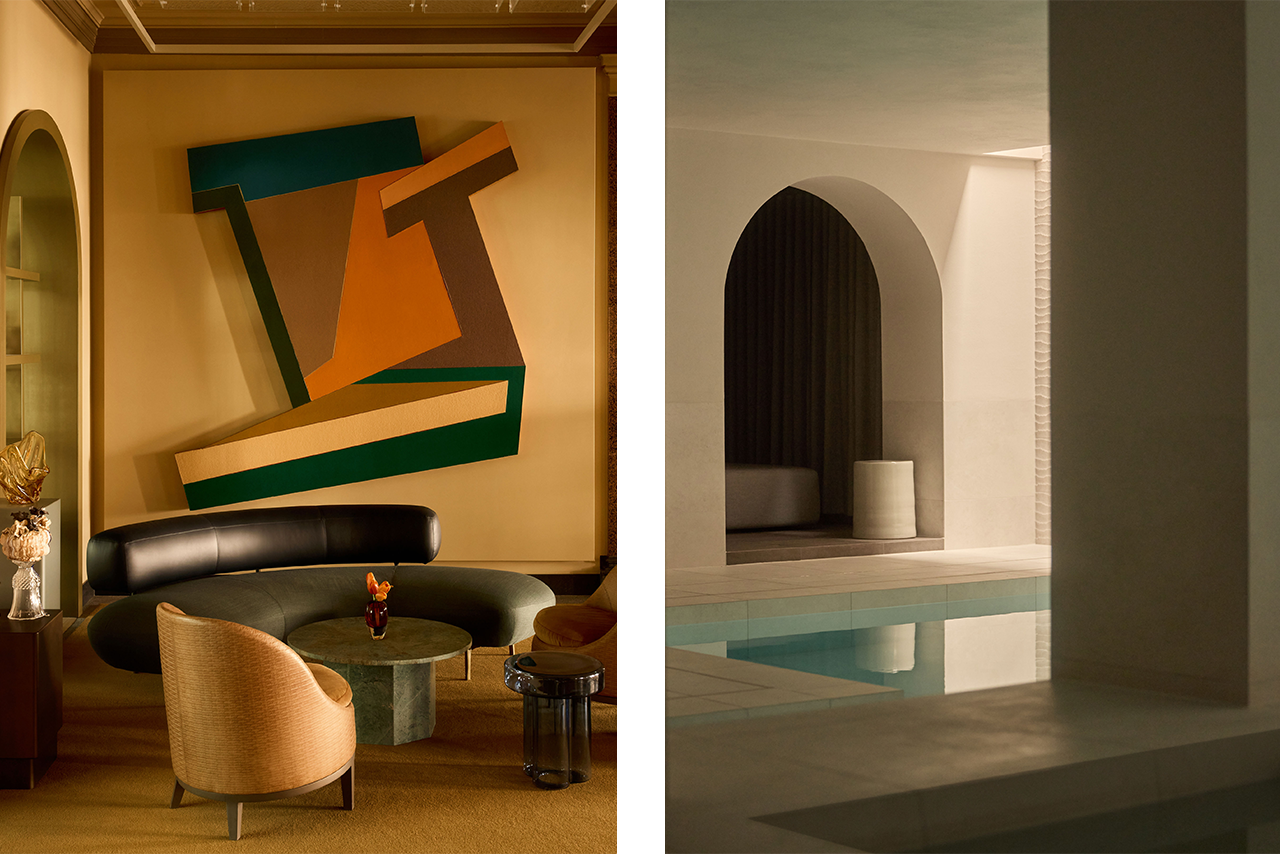
A designer or movement that has influenced you the most?
I’m inspired by Tokyo-based Shinichiro Ogata, whose work balances Japanese tradition and contemporary design through refined materials and a strong sense of atmosphere. Dutch landscape designer Piet Oudolf’s natural compositions and seasonal rhythms offer a poetic approach to space and flow that continues to influence me too. I also admire the late furniture designer Jan des Bouvrie, who pioneered a holistic design approach with his one-stop-shopping concept – something we’ve integrated into our own flagship stores.
The sky’s the limit: which piece of furniture would you love to own?
I’m drawn to furniture that embodies craftsmanship and understated luxury rather than iconic status. A bespoke piece, handcrafted from natural materials and rooted in a strong sense of place, holds lasting value. It’s about owning something that tells a story and remains beautiful over time. That said, the Barcelona Daybed by Mies van der Rohe is a timeless design that I greatly admire.
A recurring source of inspiration?
Inspiration often comes from the everyday but my travels to Japan continue to captivate me. The use of materials, attention to detail and the art of omission are mastered there in an extraordinary way, making even the smallest things inspiring. My team is also a great source of inspiration; with their diverse backgrounds and cultures they bring fresh perspectives and ideas from their own experiences and travels, continually inspiring each other and myself.
A favourite project that you’ve worked on?
Rosewood Amsterdam is a project that we are particularly proud of. Transforming the former Palace of Justice into a luxury hotel, while honouring its historic character, was both challenging and deeply rewarding. What makes it extra special is that it is located in our own city, allowing us to be closely involved throughout every stage of such a grand project – something we had never experienced so intensively before.
What’s a priority for you or the industry going forward?
Sustainability and authenticity must lead the way. We believe in designs that last, both in aesthetics and quality. Using responsible materials and avoiding trends is essential for the future.
Which city has the best design scene?
Seoul offers a unique and inspiring blend of tradition and innovation. From small artisan ateliers to cutting-edge galleries, the level of craftsmanship is exceptional. Every corner reveals a new narrative, making it a must-visit for design enthusiasts. We were proud to contribute to the city’s evolving design landscape through our work on the Andaz Seoul Gangnam hotel.
For more insights from leading designers, tune into ‘Monocle On Design’ on Monocle Radio.
|
|
from the archive: Smeralda planter, Italy
Nipping it in the bud
Anybody who has killed a houseplant or two knows that forgetting to water them is all too easy. But in the 1970s some entrepreneurial Italians found a solution to the problem and grew it into a flourishing business. Programma Vastill had the slogan “Self Watering Flower Pots” and exclusively marketed planters made from ABS plastic. The pots came in all shapes and colours, including the Smeralda, a small cube designed by Studio Reflex.
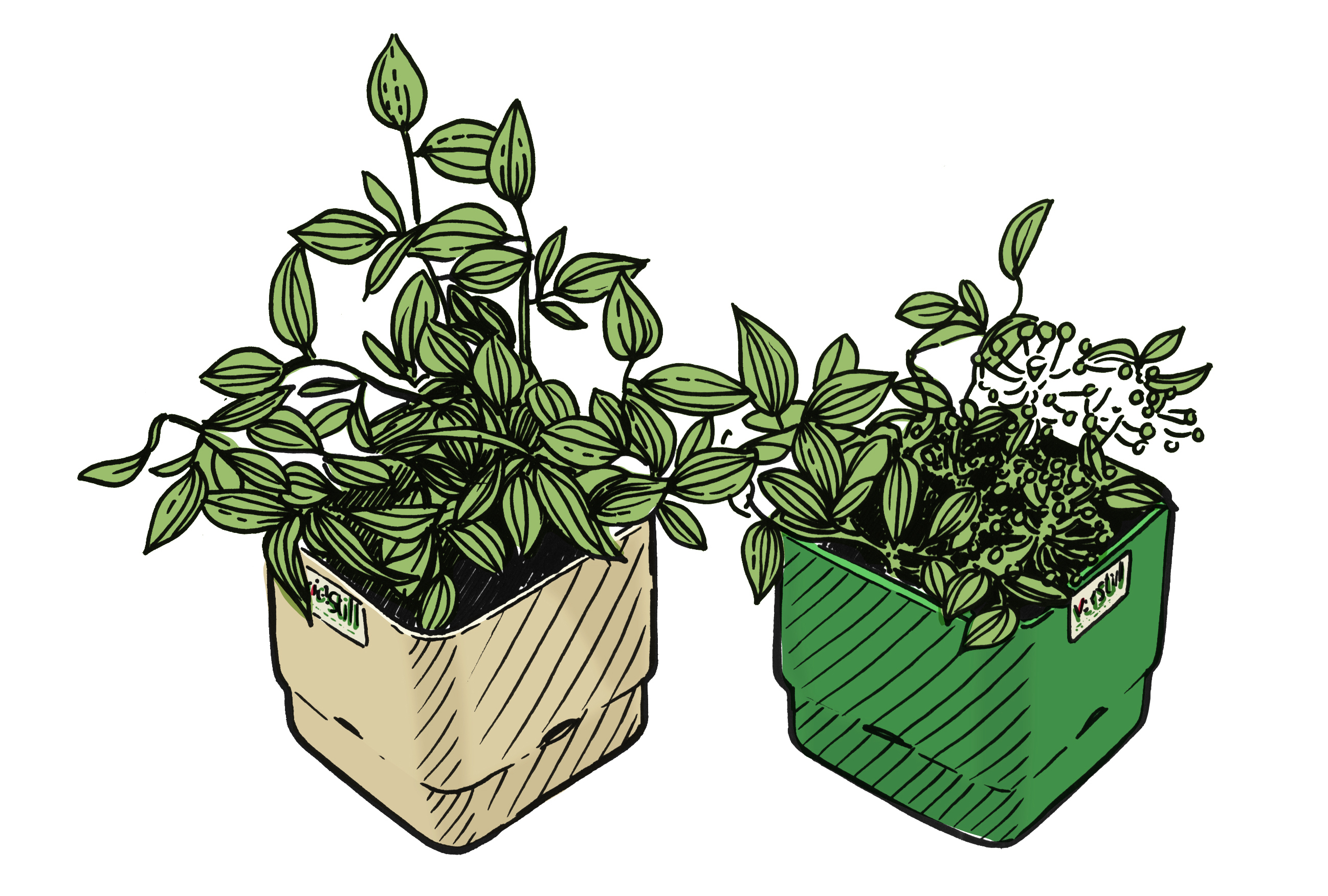
Vastill’s product line was clearly intended for those who lacked a green thumb but still wished to bring some nature into their homes. Underneath the perforated planters is a tray which, when filled with water, slowly absorbs into the soil and so reduces the need for plant upkeep. The Smeralda was also designed to be stackable – should one need to store some surplus pots – and came in an array of 1970s hues, including bright yellow, orange and green. For the less horticulturally inclined, Vastill’s creations remain a cheerful choice.
|
|
Around the house: Dream View, Denmark
New benchmark
For Copenhagen-based brand Muuto, Danish designer Lise Vester created a bench that offers an invitation to reflect – with a side helping of neuroscience. “The intention was to create a moment of pause; an invitation to rest, reflect and simply breathe,” says Vester. “The reclined form encourages daydreaming, which activates the neurological state called the ‘default-mode network’ in the brain – a mode linked to emotional processing, memory and creativity.”
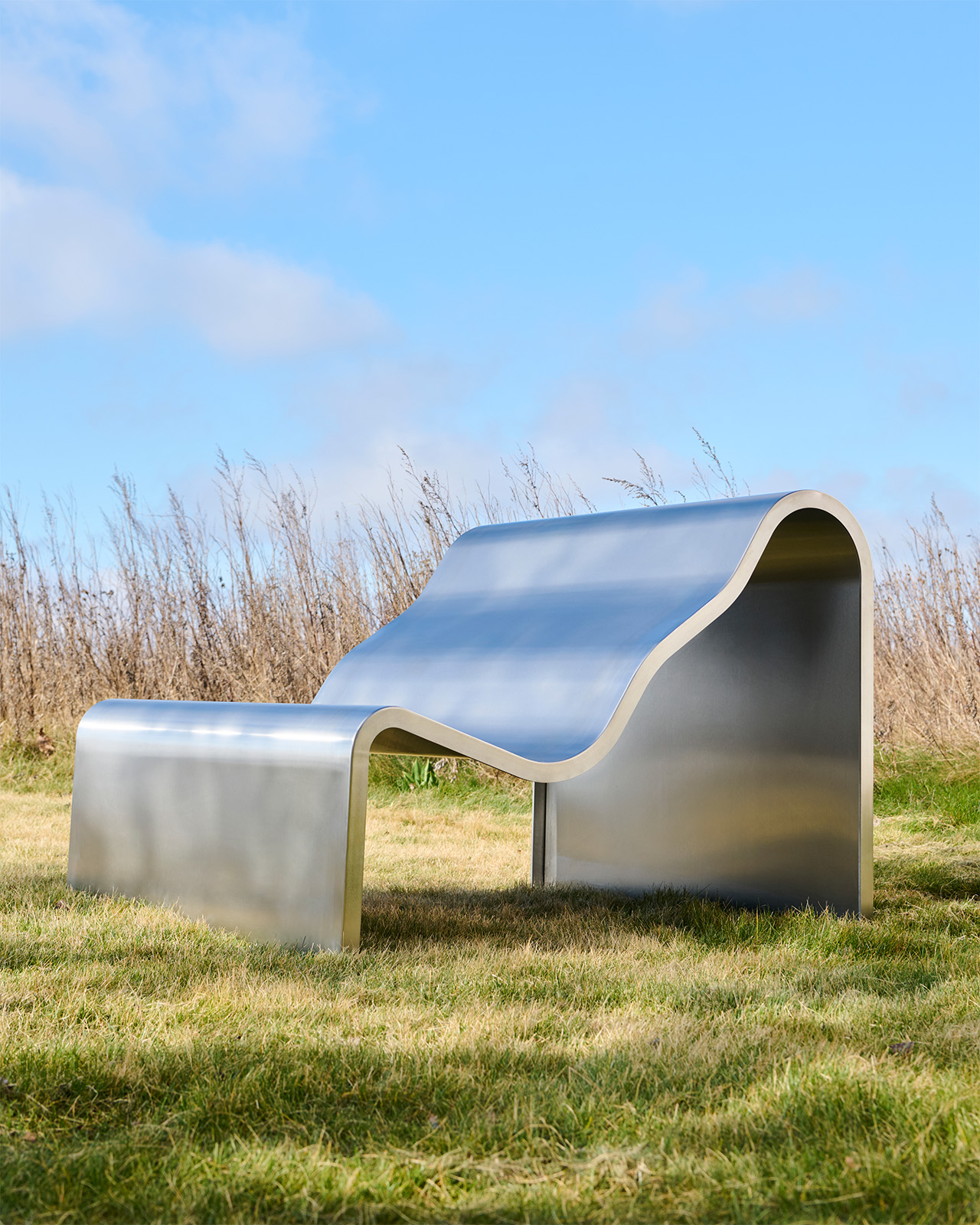
Made from durable stainless steel, the bench can be placed outside and is perfect for reclining and gazing up at the sky. While the steel shell glints in the sunshine, when viewed from the side it can be seen straight through without obstruction. This means that when it’s placed in a green space, the bench and the user both appear suspended in nature itself. “I love how it quietly reflects the sky, bringing light and colour down to earth,” adds Vester, who grew up by the sea in western Denmark. “Like a small piece of heaven you can float on.”
muuto.com
|
|
| | |